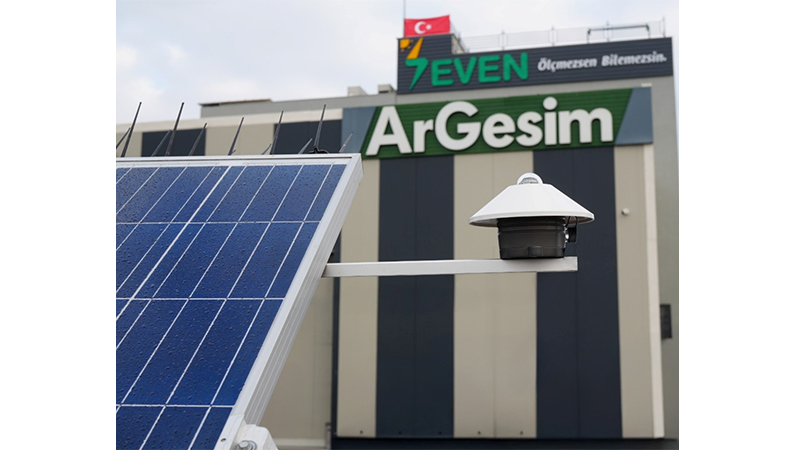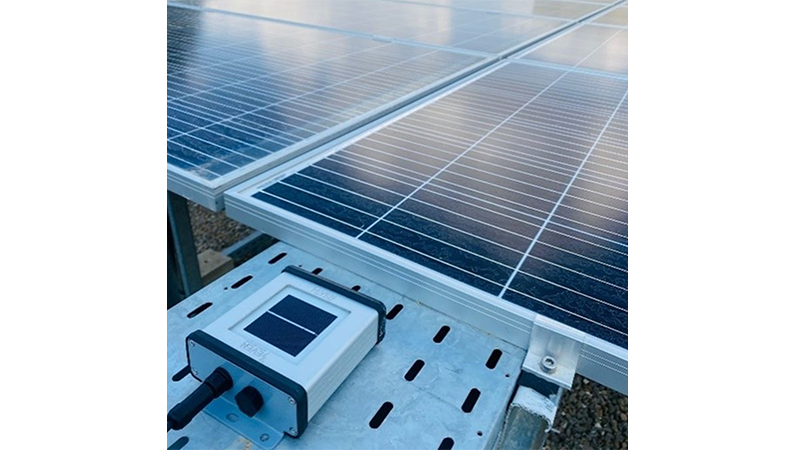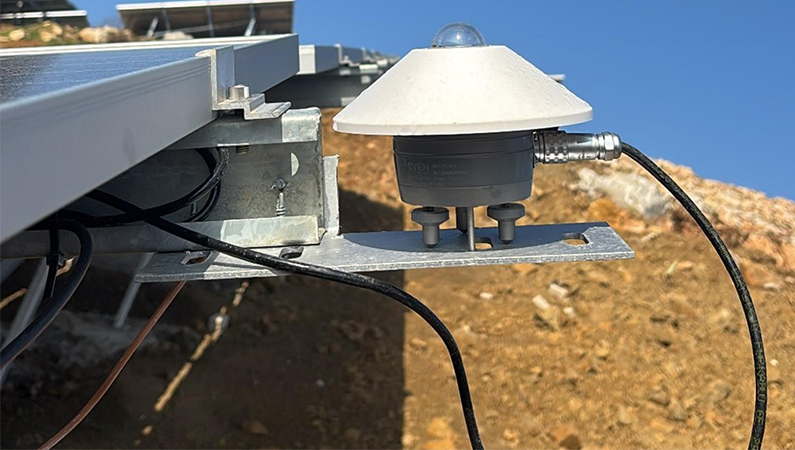Accurate irradiance measurements are essential for a wide range of applications, from solar energy, research, to environmental monitoring. However, collecting precise readings can be challenging due to many factors that affect the accuracy of these measurements.
How to Measure the Irradiance?
The irradiance is the power of electromagnetic radiation per unit area (W/m2). Selecting the right instrument to measure the irradiance is very important. There are many types of Irradiance Sensors used in the market, each with its own strengths and limitations. The main two models used for PV Plants are Thermopile Pyranometers and Reference Cells.
Thermopile Pyranometers
Thermopile Pyranometer is one of the most widely used instruments for measuring solar irradiance. They measure the global solar radiation. Equipped with a thermopile sensor covered by a glass dome, pyranometers convert incoming solar energy into an electrical signal. They are highly reliable for outdoor use and provide precise measurements of solar irradiance, making them part of meteorological stations and suitable for solar energy research.

Reference Cells and Photovoltaic Sensors:
A Reference Cell Irradiance Sensor, also known as PV Pyranometer, uses a monocrystalline silicon solar cell, which generates an electric current when exposed to sun. This current is converted into millivolts (mV) via a shunt resistor located on the back of the cell. The Irradiance Sensor includes an electronic card designed to calculate solar irradiance values in W/m². The Reference Cell is installed in the Plane of Array (POA) to measure the POA irradiance levels in PV Plants.

Common Sources of Error in Irradiance Measurements
There are many sources of error that can affect the accuracy of your data if not properly addressed. One of the main sources of error is sensor calibration drift; The sensors may lose overtime their accuracy due to exposure to environmental factors such as UV radiation, temperature fluctuations, and humidity. Regular recalibration is crucial to maintain measurement accuracy.
As per IEC standard Class A Pyranometers should at least be recalibrated once per two years. While SEVEN Sensor recommends the same for it Reference Cells, its Thermopile Pyranometers, with their advance technology, allow them to be recalibrated once per five years.
Another source of error of irradiance sensors is wrong sensor installation. Even slight deviations in the angle or height of the sensor can generate significant inaccuracies.

In addition, shading and reflections can also introduce variability into irradiance measurements. This is why it is important to verify that sensors are correctly and securely mounted and follow the instructions outlined in SEVEN Sensor User Manual.

In addition, electrical noise and data acquisition errors from the sensors themselves can affect the readings. Using high-quality equipment, proper grounding, and shielding from electromagnetic interference will help ensure cleaner signals. Refer to the previously written article about The Importance of Grounding in Pyranometers and Proper Grounding Methods to get more details.
By avoiding the above-mentioned sources of error, you can improve the accuracy of your irradiance measurements, leading to an accurate monitoring of your PV projects.
